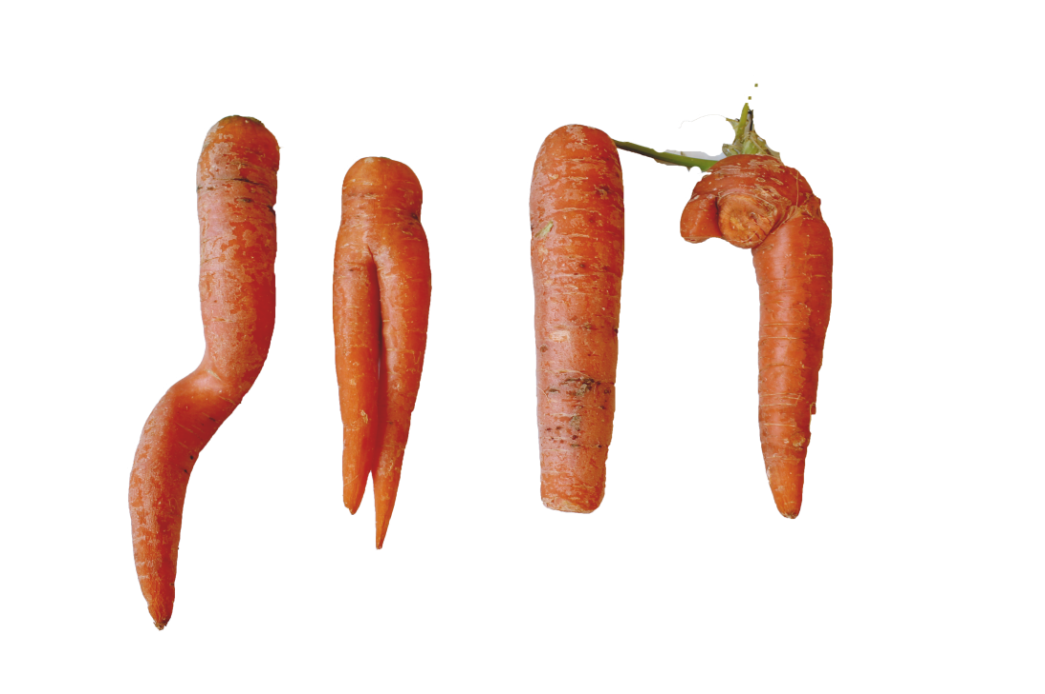
Produce Sorting 101
13 Apr 2018, by Admin in Harvest Blog, Harvest VISTA, Gleaning, National VISTA, Community Food ShareHarvest Against Hunger VISTA, Brianna Nash, serves at Community Food Share, a member food bank of the national hunger-relief organization, Feeding America. Serving the Boulder and Broomfield Counties on Colorado’s Front Range, Community Food Share distributed 10 million pounds of food in 2017, enough for 22,500 meals a day. Along with 43 partner agencies by which food is distributed, Community Food Share has an onsite pantry floor, mobile pantry truck, and Elder Share program. 75% of the food distributed by the food bank is fresh produce, dairy, and other high-protein items. Brianna serves as the produce and gleaning volunteer coordinator, engaging volunteers in growing and harvesting local produce for the food bank.
There are a couple things that make Community Food Share different than some of the other sites in the Harvest Against Hunger cohort. While Community Food Share is part of the Feeding America network, the organization also resides in a state where the growing season is quite short. Fresh fruits and veggies can only grow outdoors in Colorado from late-May through mid-September. This reality may be inescapable, but Community Food Share strives to provide fresh produce all year round to all that utilize the food bank. The produce comes from all over the country every week – mangoes from Mexico, oranges from Texas, apples from Washington, and potatoes from Southern Colorado.

Bulk 2,000lb pallets of carrots. Volunteers usually sort these and put into cardboard boxes.

Large pallet of mangoes. One of five that came in a shipment.
With a well-established volunteer network, Community Food Share sees thousands of volunteers come through the doors every year. Almost every day, volunteers are engaged in produce sorting activities. Usually, volunteers are sorting large 1,500+ pound totes and pallets of produce into smaller boxes or into red mesh bags for easy takeaway. Sometimes the produce is in perfect shape, sometimes it isn’t. The trickiest part of our operation here is figuring out how to empower volunteers to make the correct decisions in “isolating” or composting produce. A carrot might have three legs, but that doesn’t mean it’s inedible!

Volunteers working on bagging apples from large tote in produce sorting area.
The AmeriCorps VISTA is currently working on signage and a standard operating procedure for volunteer produce sorting. This process has been interesting and has delved into the realms of food safety, food bank warehouse protocol, and produce research. The Feeding America network has many standards by which sorting occurs; it’s been up to Brianna to translate that information into volunteer-accessible instruction.
A few examples are:
- A slightly bruised apple is not a bad apple
- Onions skins sometimes have strange discoloration and its ok to peel a few layers back to check if it’s ok
- Soft produce (like oranges and tomatoes) is much more likely to harvest mold internally than hard produce (like onions and potatoes)
- Weird shapes are almost always ok!

Orange bagging by volunteer in warehouse.
With her supervisor, Brianna decided on creating large visuals that exemplify the above bullet points. Large magnetic signs will be made for the produce sorting area at Community Food Share. These signs will be attached to the wall above the sorting tables and will include visual “bad” and “good” photos of apples, citrus, carrots, potatoes, and onions. Since they will be magnetic, staff will also be able to move around the warehouse, if volunteers are sorting in another area. Additionally, the VISTA will create a Community Food Share produce sorting SOP by the end of her term. This will allow staff members to reference sorting protocol and provide that information to volunteers in an accurate manner.



